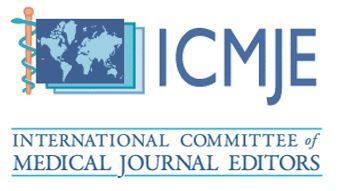Escape from Original Home: Do Metastatic Cells Stay Dormant or Destructive?
DOI:
https://doi.org/10.51200/bjms.v18i1.4866Keywords:
Malignancy, metastasis, epidermal mesenchymal transition, carcinogenesis, cancer biologyAbstract
Metastasis is defined as tumour implants discontinuous with the primary tumour. It is responsible for most cancer-related mortality. Many factors relating to the tumour and host factors are involved in the presence of metastasis and the long-term prognosis of the disease process. This study observed available literature and aims to emphasise tumours and their interaction with the tumour microenvironment. Epigenetic and genetic influences on pathogenesis, tumour and microenvironment interaction, role of epithelial-mesenchymal transition in metastasis are essential determinants of advanced malignant diseases. Early detection of metastatic disease is an essential part. The histopathological aggressiveness of a tumour and its biological behaviour determine the probability of metastasis and advanced disease. Understanding these factors has a benefit to improving the current therapies and diagnostic approaches to an advanced level, leading to the prevention of metastasis and more successful management of patients.
Downloads
Published
How to Cite
Issue
Section
License
All articles are published under the Creative Commons Attribution-NonCommercial (CC BY-NC 4.0) license, enabling users to read, download, copy, distribute, and adapt the material for non-commercial purposes, provided proper credit is given to the original authors and the source. This model supports transparency, accessibility, and the global exchange of medical knowledge.








1.png)





